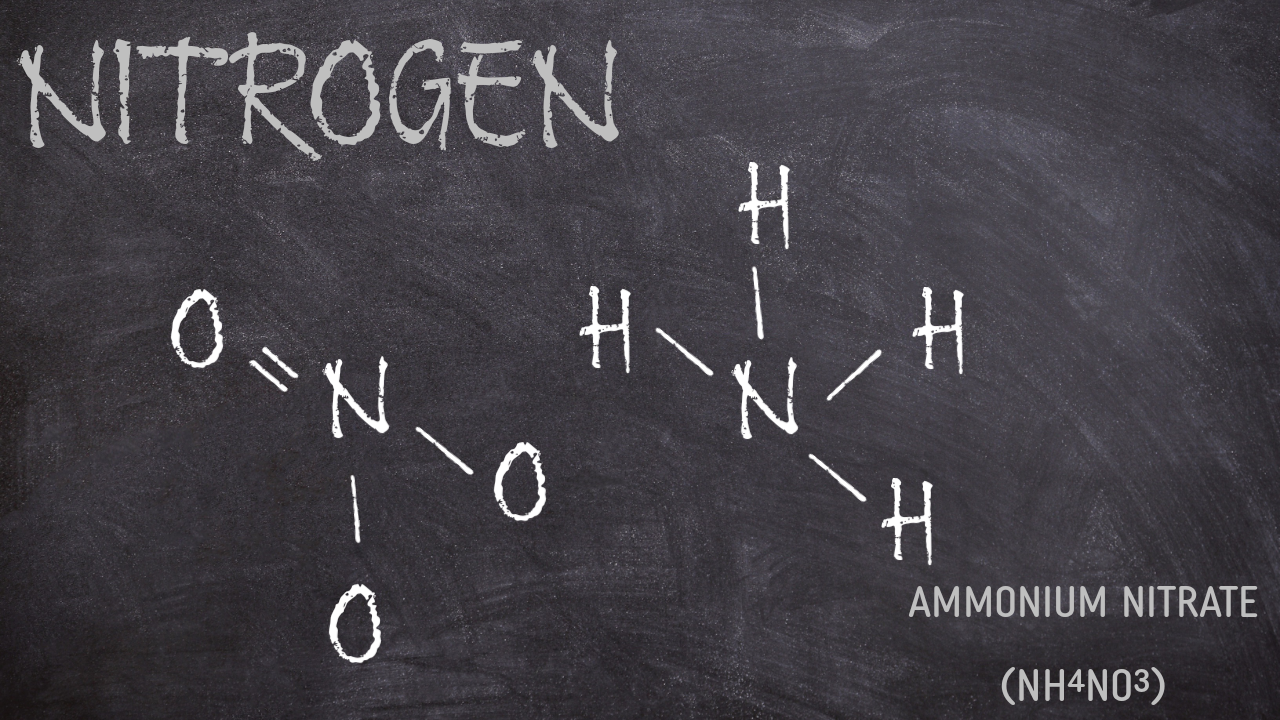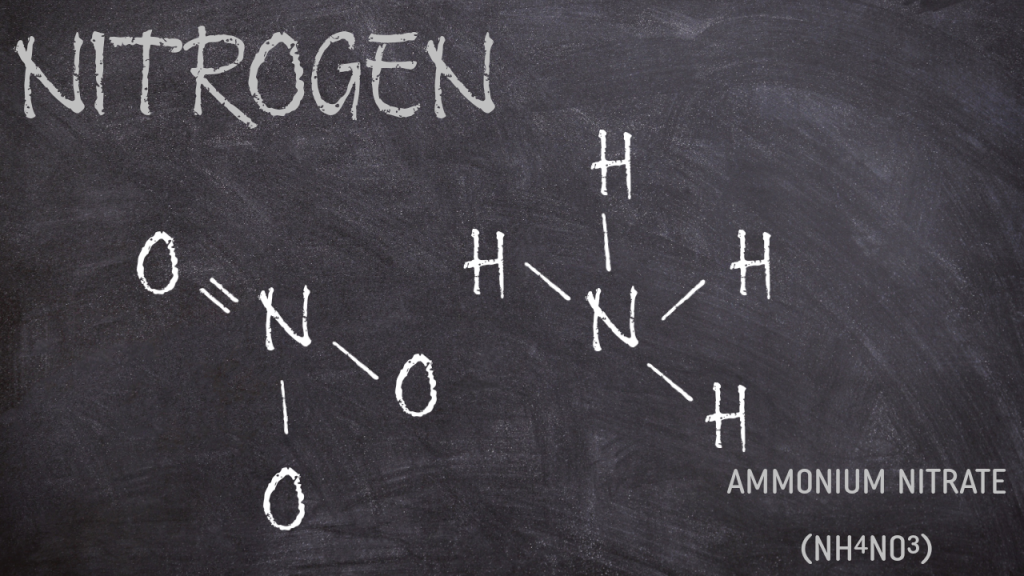
The Basics on Nitrogen
Oh, how we love you and hate you all at the same time. Much like a relationship; too much and it will kill any benefits, too little and it just fizzles out to nothing.
SO, WHAT IS IT??
Nitrogen comes in many different forms, but it’s mainly a gas. Actually it makes up about 78% of the air we breathe. But plants don’t really get nitrogen from the air, they don’t “breathe” that in, they need help with that. They get it mainly through their roots through a chemical conversion using a combined ammonia and nitrates, which is not readily found in natural soils. But nature always finds a way! Plants have an interesting relationship with free-living bacteria called cyanobacteria or Azotobacter that live in the soil or Rhizobium and Bradyrhizobium, that form symbiotic relationships living on the nodules of the roots of legumes (pea plants). This process is called Biological Nitrogen Fixation (I believe). By utilizing an enzyme called nitrogenase these bacteria convert atmospheric nitrogen N² (the gas) to ammonia NH3 . Plants can readily assimilate NH3 to produce the aforementioned nitrogenous biomolecules.
WHAT DOES IT DO, HOW DOES IT WORK AND WHY IS IT SO IMPORTANT?
Ever seen the golf courses with lush, beautiful green grass? Ya, that’s mainly because of Nitrogen and other nutrients fed to the turf. Plants literally need it to make themselves. It forms into amino acids, which make up the building blocks of protein. It also forms part of the Chlorophyll which allows the processing of light which makes plants (like the grass on the golf course) so brilliantly green. The plants soak it up through their roots where it helps absorb water & nutrients. Because it’s directly responsible for leaf growth, if there’s too little of it, the leaves are yellow and the overall growth is stunted; but if there’s more then the plant needs, it has the most amazing foliage, but the fruiting/flowering is delayed, and it subjects the plant to disease and the fruit just isn’t of good quality. If there’s too much… well then you quite literally burn your plant and it dies. There has to be the perfect balance for optimal growth.
WHERE CAN I FIND IT?
Urea is the most common of the Nitrogen fertilizers at 46-0-0, second would be Ammonium Sulfate at 21-0-0. These versions are pretty strong though, you’ll only want to use these when there’s a severe deficit in Nitrogen, and even then I highly recommend diluting it even more. Remember too much is not a good thing, and you don’t want to burn your plants. Below are some great natural resources I much prefer to utilize before getting out the big guns


